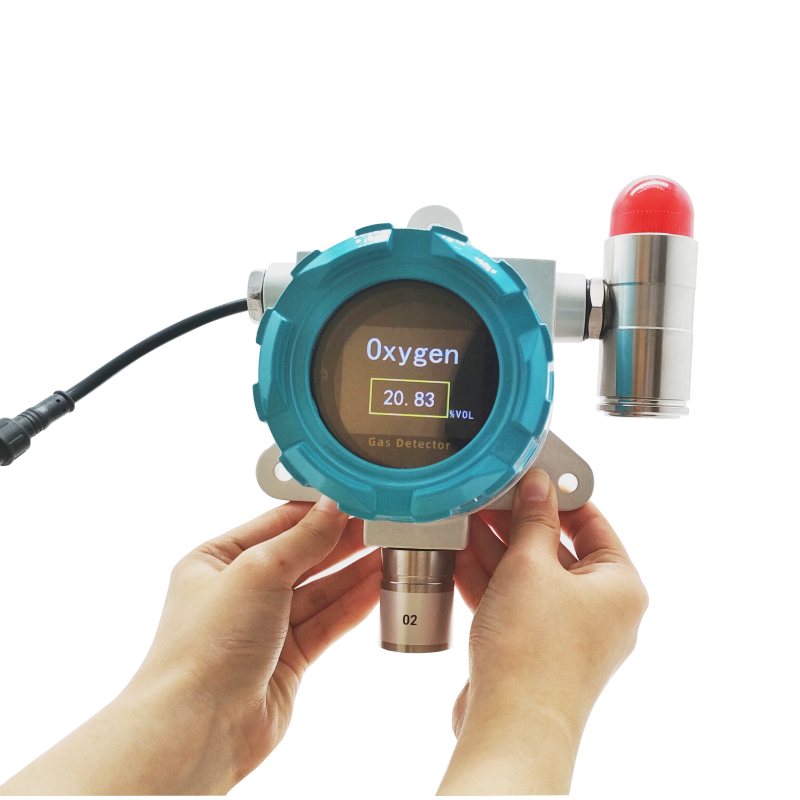Smart Sensing + AI Early Warning System Sets New Industry Benchmark, Major Chemical Company Reports 100% Drop in Annual Incident Rate In recent years, frequent safety incidents in the chemical industry have highlighted the urgent need for efficient and precise gas leak detection. A leading global chemical company recently announced that by deploying a next-generation intelligent gas sensor network + AI analytics platform, its factories worldwide have achieved ”zero accidents involving flammable or toxic gas leaks” for 18 consecutive months, drawing widespread industry attention.
Industry Challenge: Limitations of Traditional Monitoring Methods
Chemical production involves hazardous gases such as ammonia, hydrogen sulfide, and VOCs (volatile organic compounds). Traditional detection methods face three major issues:
- Delayed Response: Electrochemical sensors require direct gas contact, leading to alarm lag.
- High False Alarm Rate: Environmental factors like humidity and temperature interfere with readings.
- Coverage Gaps: Fixed sensors leave blind spots in monitoring.
“In the past, we relied on manual inspections and single-point sensors, making it difficult to detect leaks in their early stages,” said a chemical safety expert.
Technological Breakthrough: Multi-Sensor Fusion + Edge Computing
The newly implemented solution combines laser spectroscopy gas sensors, MEMS semiconductor sensors, and AI edge computing terminals, delivering three key advancements:
- Sub-Second Response: Laser sensors detect leaks at ppm levels within 0.5 seconds.
- AI-Powered Accuracy: Machine learning algorithms filter out interference from steam, dust, etc., improving detection accuracy to 99.6%.
- Full Plant Coverage: Wireless mesh networks reduce deployment costs by 40% and blind spots by 90%.
A case study showed that after installing the system near reactors at an ethylene plant, it successfully issued early warnings for three potential leaks, preventing major losses.
Economic Benefits: From Cost Center to Value Driver
Beyond safety, the technology delivers tangible financial returns:
- Lower Insurance Premiums: One company saw a 25% reduction in annual insurance costs due to improved safety ratings.
- Reduced Maintenance: Wireless sensors cut wiring upkeep by 90%.
- Government Incentives: Compliance with the EU’s SEVESO III Directive qualifies plants for green-tech subsidies.
Industry Outlook: Regulatory Push Fuels Billion-Dollar Market
With China’s *14th Five-Year Plan for Hazardous Chemical Safety mandating smart monitoring systems for high-risk processes, the gas sensor market is booming:
- Market Size: Yole Développement projects the industrial gas sensor market will reach $3.8 billion by 2027, growing at a 12.4% CAGR.
- Tech Trend: “Sensors-as-a-Service” (SaaS) models are emerging, enabling pay-per-use data analytics.
- Complete set of servers and software wireless module, supports RS485 GPRS /4g/WIFI/LORA/LORAWAN
- For more gas sensor information,
- please contact Honde Technology Co., LTD.
- Email: info@hondetech.comCompany website: www.hondetechco.comTel: +86-15210548582
Post time: Aug-05-2025


